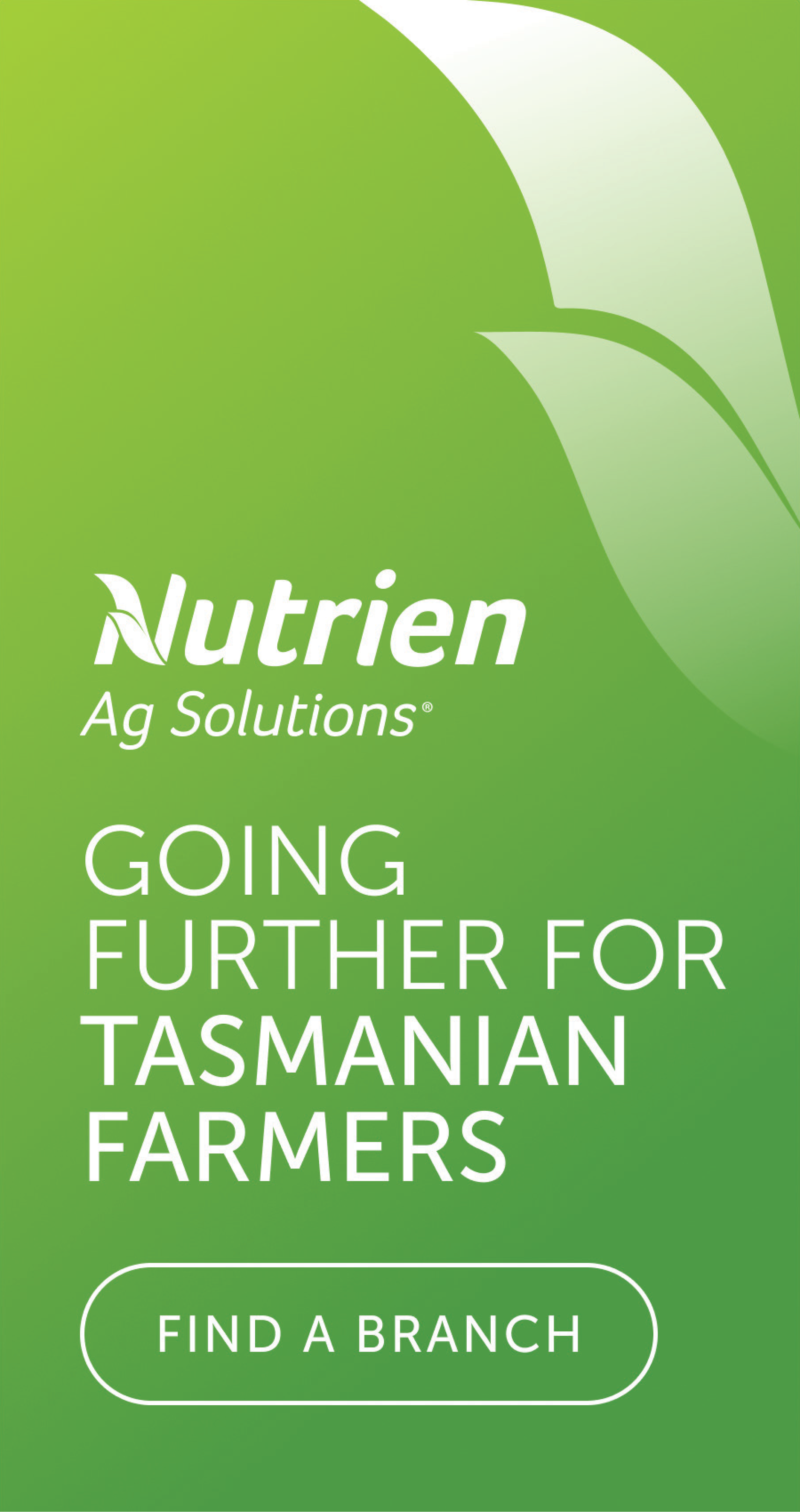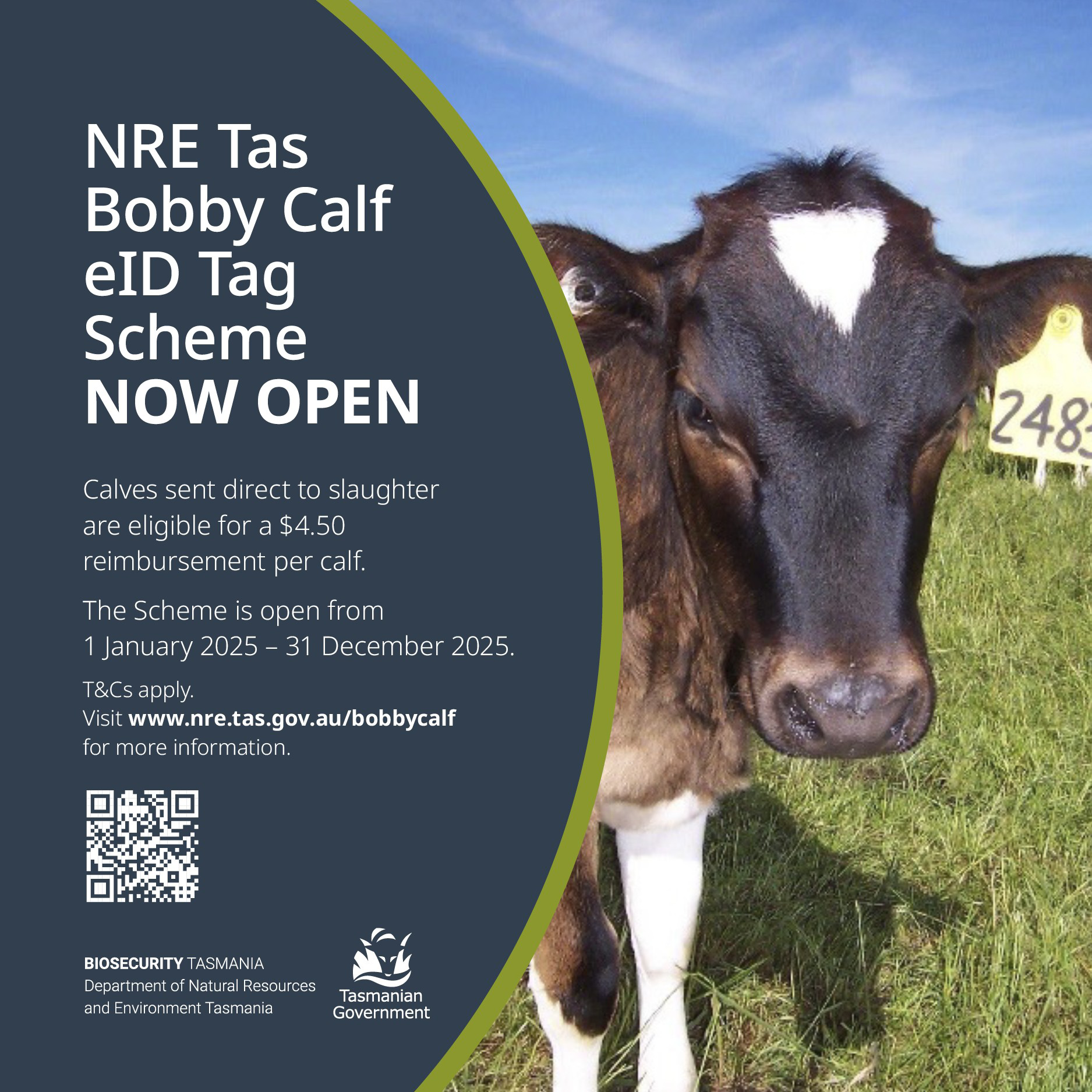Life is sweet after Ian's lucky find

For husband-and-wife team Ian Kingston and Sandra Jackson, the creation of Tasman Honey was more of an accident than a plan.
It all started in 2005 when Ian was running his earth-moving business and discovered a bee hive on the job.
“I came home and said to my wife, ‘I’ve found this beehive, and it doesn’t look like anyone owns it, we’ll have to move it’ and that was it, that was the beginning of what we do now,” Ian said, adding that they soon branched into more hives.
Although Sandra’s had a family history of beekeeping, Ian had little knowledge of bees at the time.
Thankfully, they found support from local beekeepers, including The Honey Pot in the Huon Valley which was invaluable as they started up their business Tasman Honey.
Based on a property in Murdunna on the Tasman Peninsula, Tasman Honey grew quickly and up until a few years ago they had around 800 hives distributed across the south of the state.
Today, they’ve scaled back slightly to around 500 hives, allowing them to maintain a high level of care in their honey production.
“We take a lot of care with how we produce our honey,” Ian said.
“It’s very sought after, we’ve had people from all over the world emailing us for honey.”
Ian said that sometimes the cost of shipping overseas is pricier than the honey but customers will still pay for it.
In addition to honey production, Ian and Sandra are also involved in crop pollination, including for carrots, fennel, broccoli, and various seed crops locally.
In total, Tasman Honey produces 12 different types of honey, each showcasing different flora and fauna.
Looking around their shop, visitors can find honey from most of Tasman’s regions, including Murdunna, Koonya and Port Arthur.
Their leatherwood honey comes from the Hartz Mountains, while manuka honey is sourced from areas like Salt Water River and Roaring Beach.
They also produce honey from black gumtrees in Murdunna and prickly box honey from locations like Primrose Sands and Dunalley.
They also make a honey out of some of those crops including the “meadow” honey which is made during carrot pollination.
“Every plant determines the flavour of the nectar,” Ian said, adding that the flavours change each year based on the flora and fauna and what is doing well that year.
The amount of honey they produce varies depending on the seaons.
In good years they can harvest anywhere up to 12 tonnes, while in lower seasons they may collect as little at 900kg.
Ian said cold weather and long, drawn out winters can affect their production.
If the weather is too harsh in September, the bees may not begin to work until December, losing valuable months of production.
“The queen should start laying in September, but if it’s cold and wet like it was two or three years ago then there’s no action in the hives until December and we lose those couple of months.”
Despite occasional low seasons, high yield years mean their popular honey shed remains well-stocked.
The honey shed has become a popular destination for tourists and day-trippers to the Tasman Peninsula.
Visitors will stop in to see the bees, taste the honey, and enjoy a variety of honey-related products in the shop that Sandra makes such as hand creams and balms.
They also have collaborated with popular ice cream brand Valhalla who make a honey ice cream which they then sell back into their shop.
All of their honey is untreated and raw, only heated to hive temperature to preserve its full value. They also avoid sieving their honey to ensure that the beneficial pollen is not lost.
In addition to their Murdunna shop, their honey is also sold across the state, including at the Port Arthur Historic Site, local coffee shops, and select locations in Hobart.
The challenges Ian and Sandra face are typical of any beekeeper: weather, diseases and the threat of pests.
Ian said they try to keep the hives disease-free by doing regular checks.
However European wasps have been a challenge.
“European wasps will wipe a hive out in two days,” he said.
“They do this by getting in and taking the larvae out of the cells, and then they’ll start taking the bees and then the honey before there’s nothing left in the hive at all.”
To mitigate the risk, Ian and Sandra narrow the entrances to their hives during peak wasp season in February and March, making it harder for the wasps to gain access.
Another challenge came when Verroa mites broke out on the mainland meaning they were no longer able to get their Queen bees from the mainland.
This means that Tasman Honey are now fully self-sufficient, breeding their own Queens.
Ian explains that going into winter they need to make sure they have got enough food for the bees (usually a box of honey) and that the Queen has got room to lay when she comes out of winter.
“In September, when the queen starts laying, she can lay up to 3000 eggs a day.”
Keeping the bees healthy is of the utmost importance for the team, which means monitoring hives regularly.
While Tasmania’s beekeeping season typically runs from October to March, mainland beekeepers have the advantage of producing honey year-round due to their warmer climate.
“We don’t have the luxury of producing all year round so we’ve got to maximise our bees in the most productive spots and get as much honey as we can in those first few months,” Ian said.
During harvest time, usually around mid-November, Ian knows it’s time to start collecting when the hive boxes feel heavy.
“We know the honey is ready when it is capped off with a layer of beeswax.”
The honey extraction process starts in their warehouse, where the frames are placed into an extractor that holds up to 54 frames.
The blades in the machine will uncap they honey and spin it before it eventually gets fed into their settling tanks.
Ian noted that they usually process one variety of honey at a time, except for their ‘forest honey’ which is a mix of honey from different plants.
Bottling is a team effort, involving Ian, Sandra, and their small team.
They value their community and have been making a popular garlic-infused honey for the Koonya Garlic Festival since it first launched.
Looking back on nearly two decades in business, Ian says “It’s turned out to be a thousand times more work than we thought it would be. But it’s been a very exciting challenge, and we’ve learned a lot about keeping bees, dealing with bee diseases, and even retail sales.”
The most rewarding thing for Ian is the customers and the positive feedback.
“We get a lot of return customers from not only interstate but overseas,” he said.
“We’re always looking to improve things and come up with new ideas.”
“We’ve also got a few grandkids that come and help us out, it really is a family business,” Ian said.
“We’re really happy with what we do here and how we present the honey.”




Add new comment